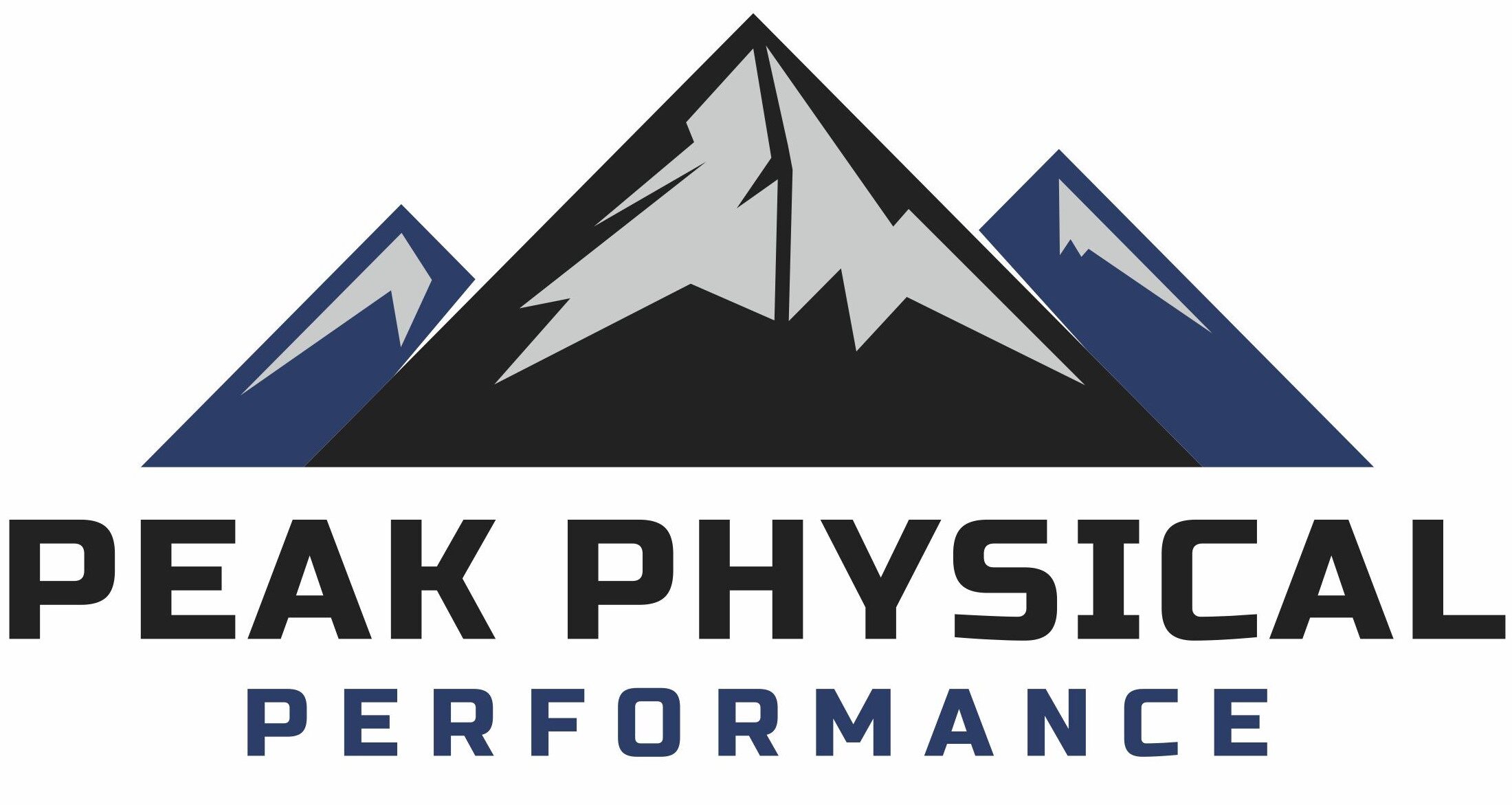Corticosteroid injections are commonly used in physical therapy and pain management to reduce inflammation and relieve pain associated with musculoskeletal conditions. These injections are frequently administered for conditions such as arthritis, bursitis, tendinitis, and spinal disorders. While corticosteroid injections can be highly effective, they also come with potential drawbacks. Below, we explore the pros and cons of these injections to help you make an informed decision.
Pros of Corticosteroid Injections
1. Rapid Pain Relief
Corticosteroid injections can provide significant pain relief within a few days of administration. This is particularly beneficial for individuals with acute flare-ups of arthritis, bursitis, or tendonitis (Choudhry et al., 2016).
2. Reduction of Inflammation
These injections are effective at reducing inflammation, which is a key factor in many musculoskeletal conditions. By decreasing inflammation, patients may experience improved mobility and function (Yuan et al., 2021).
3. Non-Surgical Option
For many patients, corticosteroid injections serve as an alternative to surgery. They can delay or prevent the need for invasive procedures, particularly in cases of joint pain and spinal disorders (Scott et al., 2020).
4. Improved Physical Therapy Outcomes
By alleviating pain and inflammation, corticosteroid injections can make it easier for patients to participate in physical therapy, which can lead to long-term functional improvements (Bannuru et al., 2019).
Cons of Corticosteroid Injections
1. Short-Term Relief
While corticosteroid injections can provide rapid relief, the effects are often temporary. Many patients experience pain relief for weeks or months, but symptoms can return (McAlindon et al., 2017).
2. Potential for Tissue Damage
Repeated corticosteroid injections can lead to cartilage damage, tendon weakening, and joint deterioration over time. This is particularly concerning in weight-bearing joints like the knee (Harris et al., 2021).
3. Risk of Side Effects
Common side effects include pain at the injection site, skin discoloration, and temporary elevation of blood sugar levels in diabetic patients. In rare cases, infections or allergic reactions can occur (Coombes et al., 2016).
4. Masking Underlying Issues
Since corticosteroid injections primarily address inflammation and pain, they may mask underlying structural problems. This can lead to overuse of an injured joint or tendon, potentially worsening the condition in the long run (Kompel et al., 2019).
Conclusion
Corticosteroid injections can be a valuable tool in pain management, offering relief and improved function for many patients. However, they are not without risks, and their use should be carefully considered. Consulting with a healthcare provider can help determine if corticosteroid injections are appropriate based on individual health needs and treatment goals.
References
- Bannuru, R. R., Osani, M. C., Vaysbrot, E. E., Arden, N. K., Bennell, K., Bierma-Zeinstra, S. M., … & McAlindon, T. E. (2019). OARSI guidelines for the non-surgical management of knee osteoarthritis. Osteoarthritis and Cartilage, 27(11), 1578-1589.
- Choudhry, M. N., Malik, R. A., & Charalambous, C. P. (2016). Corticosteroids and tendon: A review of the literature. Journal of Orthopaedic Surgery and Research, 11(1), 1-7.
- Coombes, B. K., Bisset, L., & Vicenzino, B. (2016). Efficacy and safety of corticosteroid injections and other injections for management of tendinopathy: a systematic review of randomized controlled trials. The Lancet, 376(9754), 1751-1767.
- Harris, J. D., McCulloch, P. C., Adams, S. B., & Bach, B. R. (2021). Intra-articular corticosteroid injections in the treatment of knee osteoarthritis: A review. American Journal of Sports Medicine, 49(6), 1510-1519.
- Kompel, A. J., Roemer, F. W., Murakami, A. M., Diaz, L. E., Crema, M. D., & Guermazi, A. (2019). Intra-articular corticosteroid injections in the hip and knee: Perhaps not as safe as we thought? Radiology, 293(3), 656-663.
- McAlindon, T. E., LaValley, M. P., Harvey, W. F., Price, L. L., Driban, J. B., Zhang, M., & Ward, R. J. (2017). Effect of intra-articular triamcinolone vs saline on knee cartilage volume and pain in patients with knee osteoarthritis: A randomized clinical trial. JAMA, 317(19), 1967-1975.
- Scott, A., Backman, L. J., Speed, C., Tendinopathy, R., & International Scientific Tendinopathy Symposium Consensus, G. (2020). Tendinopathy: Update on pathophysiology. Journal of Orthopaedic & Sports Physical Therapy, 50(5), 237-245.
- Yuan, F. L., Zhao, M. D., Jiang, Y. F., Xu, R. S., Deng, W. W., & Li, C. W. (2021). Inflammation-related biomarkers in osteoarthritis: A systematic review and meta-analysis. Journal of Orthopaedic Surgery and Research, 16(1), 1-11.



Comments are closed